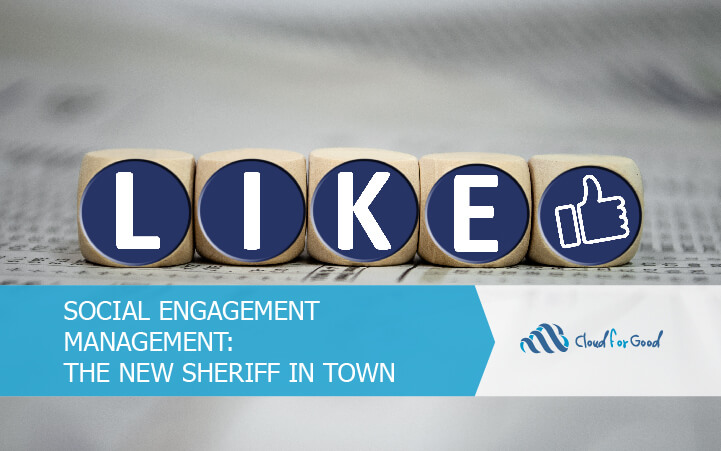My, how times have changed. Social media today is not just how we keep in touch with high school friends or a place to share vacation photos with distant relatives. Social media is a great tool to tell your stories, engage your supporters (and future supporters), and even reach those that you may serve. But you probable already know that, since nonprofits were generally early adapters of social engagement. It is a natural fit – it brings like-minded people together, allowing them to share thoughts and enthusiasm within a framework that has a minimal cost of entry!
But without dedication to monitoring and responding, your social sites may end up being an outlet for the most vocal constituents. And frequently, the most vocal are those that are the most upset and unpleasant. I recall seeing a posting at Social Media for Nonprofits, by Brook McMillian, the Social Manager at Livestrong. She explained how their organization uses and manages social messaging. She discussed how they have dealt with messages related to their former Chairman and board member, Lance Armstrong. She revealed how they dealt with the negative, and sometimes nasty messages, and how they worked diligently to help their supporters understand the ongoing good works of their foundation. She also explained how they use stories and social media to” amplify their mission, educate, recruit, engage in conversations, reach those in need and empower survivors.” Obviously, this is not a simple job, especially in large organizations. But, it is important to be responsive, especially when there is negative news and postings. As more of your community joins in, they will also be contributing to the responses – necessitating yet another level of social management. Fortunately, there are software tools that now help you manage your social engagement, and leading the pack is Social Studio from Salesforce.
Social Studio allows you to identify and analyze conversations about your organization. It can then route important insights to your development department, service providers and community managers for appropriate response and engagement. It can also help you analyze the effectiveness of your campaigns by measuring the buzz around your efforts. But there is still a level of commitment to assure that your organization is being responsive to all types of posts.
There are many lists of suggested “do’s and don’ts” for social media engagement at nonprofits. But there seems to be convergence among all of those experts on these key points:
1. Understand who your audience is. What is the typical age and gender? Should the dialogues be casual or more formal?
2. Be responsive to questions and posts. Don’t ignore, or simply remove negative posts. They can be an opportunity to explain your mission.
3. Create an image – in fact – use a photo and /or video. Convey your message with both text and pictures.
4. Make it a friendly place to visit – not just a platform where all you do is make an “ask”.
5. Be engaging. Tell a story that will start a conversation.
6. Post frequently & regularly.
7. Use tools to listen – know where and when your organization or your cause is being mentioned.
8. Control the voice of your responses – assign a person or department to handle them.
It does require effort to manage your social footprint. The value is clear, but the potential damage in an unmanaged social “wild west” is also very real.
Want to learn more about social management and Marketing Cloud? Check out these articles:





